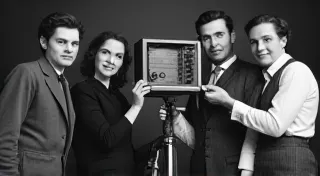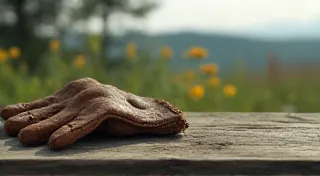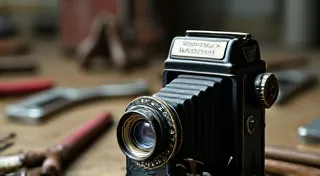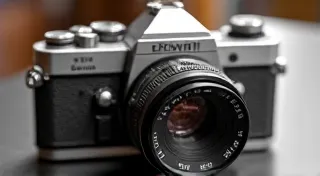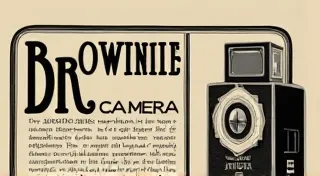Rare and Unusual Brownie Camera Models
The Brownie camera line, introduced by Kodak in 1900, revolutionized photography and brought it to the masses. While many Brownie models are well-known and relatively common amongst collectors, a fascinating world of rare and unusual variations exists. This article delves into some of the lesser-known and highly sought-after Brownie camera models, highlighting their unique features and why they command attention from serious camera collecting enthusiasts. Understanding the broader context of the Brownie's impact can be enlightening; for those interested in learning more about its legacy, check out "The Legacy of Brownie: How It Changed Photography". The Brownie wasn't just about accessibility; it represented a shift in how people documented their lives, and appreciating its history unlocks a deeper understanding of photography itself. Many collectors begin their journey with an understanding of the foundational models before venturing into the rarities.
The Brownie IIA – A Notable Exception
While the Brownie II is a familiar sight, the Brownie IIA presents a subtle, yet significant, distinction. Produced for a brief period in the early 1930s, the IIA featured a significantly improved lens compared to the standard II. This lens offered sharper images and better overall image quality, making it a prized possession for collectors focused on achieving the best possible photographic results from a vintage Brownie. Fewer IIA models survive, which contributes to their relative rarity and increased value. The specifics of maintaining these vintage cameras can be tricky; for those experiencing problems, "Common Problems and Repairs for Vintage Brownie Cameras" offers valuable troubleshooting advice. It’s important to remember that these cameras, though durable, are sensitive to environmental factors and require careful handling and storage to ensure their longevity.
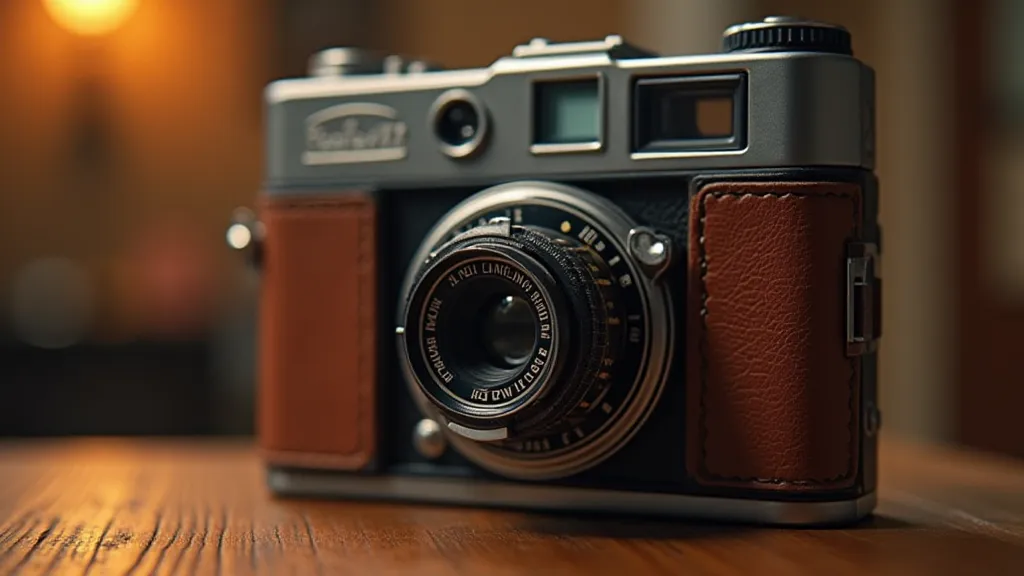
Brownie Detective – The Compact Marvel
The Brownie Detective, introduced in the 1930s, represents a particularly clever design. This compact camera, designed to be incredibly portable and discreet, incorporated a coupled rangefinder focusing system—a feature unusual for a Brownie model of its time. This allowed for more accurate framing and focus, improving the overall quality of the photographs produced. The relatively small production run, and the fact that they were easily lost or discarded, makes original Brownie Detective cameras increasingly scarce. For newcomers to the world of Brownie cameras, a solid foundation is key; explore "A Beginner's Guide to Brownie Camera Models" for a comprehensive overview of the line. The very nature of its design, geared towards discretion, likely contributed to its loss – many simply disappeared into the lives of their users, never to be seen again. It’s a poignant reminder of the ephemeral nature of photographic history.
The Brownie Reflex – A Glimpse into the Future
Kodak experimented with single-lens reflex (SLR) technology well before it became mainstream. The Brownie Reflex, introduced in the 1930s, was one such experiment. While not a fully-fledged SLR by modern standards, it incorporated a viewfinder system that allowed the photographer to see exactly what the lens was seeing, a significant advancement over the simple through-the-lens viewing of most Brownies. These cameras are visually striking and provide a unique insight into Kodak’s exploration of future camera designs. Fewer than 1000 examples are thought to be in existence. Collecting vintage cameras can seem daunting, but understanding basic maintenance and repair is crucial. Resources like the guide to common problems are invaluable, enabling enthusiasts to breathe new life into these historical artifacts. The Brownie Reflex hinted at the future of photography, demonstrating a forward-thinking approach that would later define the industry. It stands as a testament to Kodak's commitment to innovation and a valuable piece in the evolution of camera technology. Exploring the history of such experimentation sheds light on the ingenuity and creative problem-solving that shaped the photographic landscape we know today.
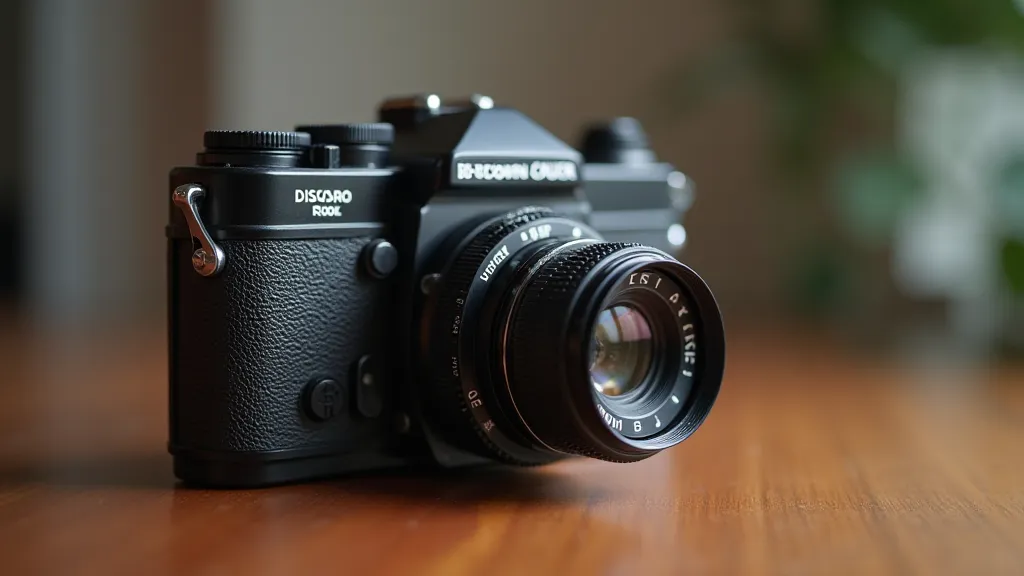
Brownie Action – Capturing Movement
Designed specifically for action photography, the Brownie Action, introduced in the 1940s, featured a simple but effective flash synchronization capability. This allowed photographers to freeze motion and capture fast-moving subjects, something largely impossible with standard Brownie cameras. The combination of its specialized function and relatively short production run contributes to its scarcity. The era in which the Brownie Action emerged was one of significant social and technological change. From sporting events to documenting everyday life, the ability to capture fleeting moments was increasingly valued, and the Brownie Action perfectly addressed this need. Beyond the technical aspects of these cameras, understanding how they were used creatively is essential. Imagine the photographers of the era striving to master this new technology – the possibilities were revolutionary, allowing for a new understanding of documenting dynamic events. The ingenuity of early photography combined with the practical design of the Brownie Action makes it a fascinating piece of photographic history. Its limitations, however, fostered a unique style of action photography that prioritized timing and composition.
Brownie Pax – A Wartime Innovation
During World War II, Kodak produced the Brownie Pax camera as part of a military contract. This robust camera was designed for use by soldiers and was built to withstand the rigors of wartime conditions. Distinctive for its simple, utilitarian design and typically olive drab finish, the Brownie Pax represents a unique chapter in both photography history and military history. The surviving examples often carry traces of their service, adding to their historical significance. The Brownie Pax's story is intertwined with the experiences of countless soldiers who documented their service and shared their perspectives with the world. It’s a poignant reminder of the power of photography to bear witness to history. As with other cameras from the era, the scarcity stems not just from limited production but also from the conditions of war - many were lost, damaged, or simply discarded after their purpose was served. Many of these cameras saw action on battlefields across the globe, capturing the realities of war and the experiences of soldiers. Their survival is a testament to their durability and the significance of their role in shaping our understanding of this pivotal era. Considering the historical context, one can appreciate how even seemingly simple instruments like the Brownie Pax played a crucial role in shaping narratives and preserving memories of a generation.
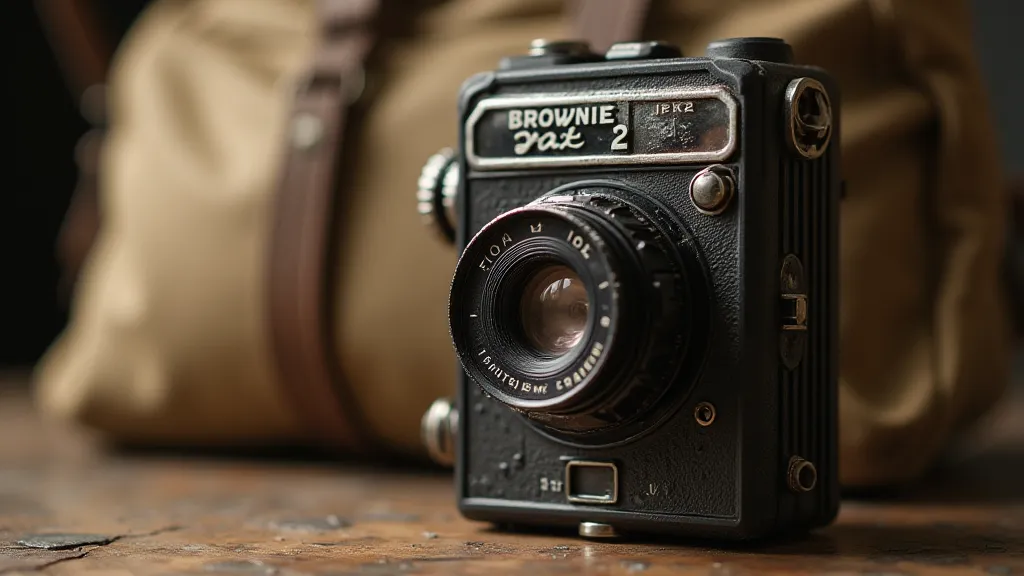
Advanced Techniques for Brownie Photography
While the Brownie cameras were designed for simplicity, creative photographers have long explored their potential. Experimenting with different film stocks, developing techniques, and even modifying the cameras themselves can lead to stunning and unique results. Learn how to push the limits of these classic cameras and unlock their artistic possibilities, going beyond basic snapshots to create truly evocative images. For those intrigued by the artistic possibilities, researching the work of early photographic pioneers reveals a wealth of inspiration and approaches. Some collectors delve into advanced techniques, seeking to emulate the styles of early photographic pioneers. These explorations often involve meticulous research, experimentation, and a deep appreciation for the history of photography. The Brownie's limitations—its fixed focus, its simple shutter—forced photographers to be creative and resourceful, resulting in a distinct aesthetic that remains appealing today. Pushing these classic cameras to their limits requires a deep understanding of their mechanics and a willingness to experiment, often leading to surprising and beautiful results.
The Value of Preservation and Originality
The rarity of these Brownie models extends beyond mere numbers; it’s about preserving a piece of photographic history. Original condition, complete accessories, and documented provenance significantly increase a camera's value. Scratches, dents, and signs of wear tell a story, but excessive damage detracts from the overall appeal. Collectors often spend years searching for specific models, and the thrill of the hunt is often as rewarding as the acquisition itself. While modern photography offers unparalleled convenience and control, the tactile experience of using a vintage Brownie – the winding, the clicking, the anticipation – is something that digital cameras simply can’t replicate. The journey of a vintage camera isn't just about acquiring an object; it’s about connecting with a past era and appreciating the craftsmanship and ingenuity that went into its creation. The value isn’t solely monetary; it’s the story each camera carries – the memories captured, the moments witnessed.
Collecting These Rarities
Collecting these rare Brownie models is a rewarding, albeit challenging, pursuit. Condition, originality, and provenance are key factors influencing value. Careful research and a keen eye for detail are essential for any serious collector. The stories these cameras tell – the memories captured, the wars witnessed – add immeasurable value beyond their monetary worth. Each rare Brownie offers a tangible connection to a fascinating era in photographic history. Consider the journey of a Brownie Action camera, used to document a sporting event, or a Brownie Pax camera carried by a soldier in wartime – these cameras are not just objects; they are vessels of memories and witnesses to history. The dedication required to track down and preserve these relics often involves forging connections with other collectors, exploring antique shops and flea markets, and immersing oneself in the rich history of photography. The pursuit of these cameras is a testament to the enduring power of visual storytelling and the human desire to capture and share moments in time. It's an adventure filled with discovery, passion, and the satisfaction of preserving a vital piece of our collective heritage.
